a character faces a conflict because his enemy wants to hurt him. what kind of conflict is this?
If in that location's i thing every story needs, information technology'due south conflict. And while conflict takes many forms, some of literature'due south virtually beloved stories involve conflict in the classic form of the protagonist and adversary.
Without the white whale, Moby Dick is but a book about a guy who goes sailing and comes dwelling. If there were no Voldemort, Harry Potterwould but follow the title character through vii tiresome years of schoolhouse. Without Sauron and the Ring, the Fellowship would have just been an odd sight-seeing group touring Middle-earth.
And as enjoyable as that may take been for them,it wouldn't have made a very good story for the rest of us! That'southward why it'south so important to take some kind of disharmonize — and furthermore, to take real people be involved in some way. This article will look at those people: protagonists and antagonists. Allow'south find out who they are, how they oppose each other, and what yous can exercise to craft memorable rivalries fo your ain stories.
What is a protagonist?
The protagonist is the pb character of a story. The term derives from classical Greek drama, literally pregnant "start actor." Though often referred to every bit the "hero" of the story, the protagonist isn't necessarily virtuous, and also may be just one of many protagonists.
Every narrative will have at least 1 protagonist, who may serve as the narrator as well. If non, the story will typically follow them in third person limited. Alternately, if at that place are multiple protagonists, the POV often shifts back and forth, whether that's in commencement person or third person limited. It may be difficult to identify the protagonist(s) immediately, simply you unremarkably know within a few chapters.
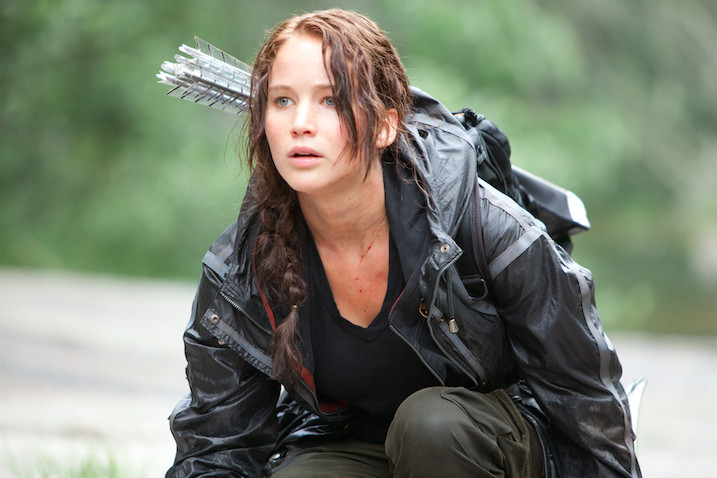
Is the protagonist e'er the main character?
99% of the time. Some people differentiate between "protagonist" and "main grapheme," saying that the protagonist moves the story forwards, while the main character may be anyone who features heavily — but doesn't necessarily drive the narrative.
For instance, Scout is the primary grapheme of To Impale a Mockingbird,simply some might say Atticus is the true protagonist: his actions drive the story, while Scout is ultimately more of an observer. The same could exist said of Nick and Gatsby inThe Great Gatsby,as Gatsby is the truly active participant in the story, as Nick mostly observes what happens.
However, for most all intents and purposes, "protagonist" and "main character" are synonymous terms. Then again, if you lot're a author, information technology may exist helpful for y'all to call up of your protagonist purely in terms of what they practise! If you find yourself with less of a protagonist and more than of a passive main character, you might want to reconsider that graphic symbol's true role and purpose in your story.
Speaking of which, how many ways can protagonists manifest in different narratives? Permit's take a look at the three nearly mutual types of protagonists in activeness.
Types of protagonists
1. Lonely hero
The solitary hero is the standard strain of protagonist, probably because it'southward seen equally the virtually "heroic" blazon. As the name implies, the lonely hero is the one and only person who can stop evil from triumphing and save the day. Though they're usually helped by a team of supporting characters, the ultimate burden of the quest falls squarely on the shoulders of the lonely hero. They are the one who must sacrifice the most in order to accomplish their goal.
Examples of lonely hero protagonists:
- Harry fromHarry Potter
- Katniss Everdeen fromThe Hunger Games
- Frodo Baggins fromLord of the Rings
- Matilda from Matilda
- Cooper from Interstellar
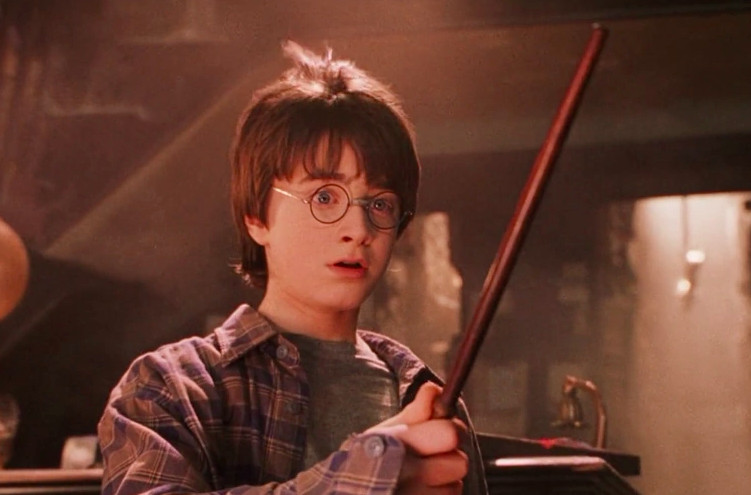
2. Group hero
With group hero protagonists, multiple people are equally involved in the story's chief events and conflict. They may not all serve the aforementioned purpose or perform the same tasks, merely they pull together to achieve a unmarried goal. No one person stands out beyond the rest — or if they do, information technology'southward simply considering the group helped them get at that place. (Whereas the lone hero can, and ultimately does, ascension to the occasion alone.)
Examples of group hero protagonists:
- Romeo and Juliet from Romeo and Juliet
- Violet, Klaus, and Sunny from A Series of Unfortunate Events
- Fred, Daphne, Velma, Shaggy, and Scooby fromScooby-Doo
- Aibileen Clark, Minny Jackson, and Eugenia "Skeeter" Phelan fromThe Aid
- The Avengers, from the Marvel comics of the same name
iii. Anti-hero
Although protagonists are commonly shown as selfless, kind, and mettlesome heroes, they can besides exist bitter, sarcastic, and peradventure less-than-morally-upright. In other words, they might be an anti-hero: a hero without typically "heroic" traits.
An anti-hero often starts out as either an impartial political party or a lesser villain who begrudgingly engages in disharmonize with the principalantagonist — usually because there'due south something in it for them. However, their lack of truly malevolent convictions typically means that they end upward in more neutral or even good territory, if only past blow. (Anti-heroes oft feature in works of grimdark, which specialize in morally greyness characters and situations.)
Examples of anti-hero protagonists:
- Artemis fromArtemis Fowl
- Holden Caulfield from The Catcher in the Rye
- Locke Lamora from the Gentleman Bastards series
- Thomas Covenant fromThe Chronicles of Thomas Covenant
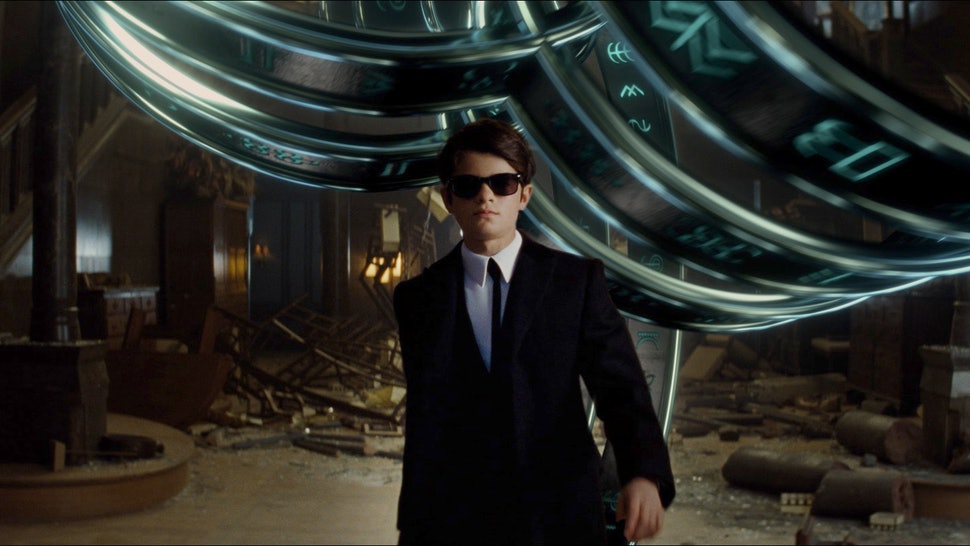
Can the protagonist be the bad guy?
Yes! Though not as common as traditional, heroic protagonists, or fifty-fifty anti-heroes with circuitous motivations, there are some fully malevolent villains that serve as the protagonists of their ain stories. Hither are some examples of villainous protagonists:
- Patrick Bateman from American Psycho
- Alex from A Clockwork Orangish
- The Grinch fromHow the Grinch Stole Christmas
Sometimes an evil protagonist undergoes a transformative character arc to become good in the end (as with the Grinch). However, sometimes they remain just equally monstrous as ever (often a sign of sociopathy, as in the first two examples).
If you lot're writing a villainous protagonist, just remember that, even if they don't get a redemption arc, they still demand to be compelling to readers in someway. Perhaps they accept a delightfully twisted inner monologue, or a weakness that they fear will exist found out. Perhaps you lot're writing satire and want to run across how far yous can push the limits of the genre. Simply any y'all exercise, your protagonist cannot be flat or uninteresting — otherwise readers won't understand why you're telling their story in the outset place.
Now that we've seen who'due south continuing in the protagonist corner, let'southward take a expect at those on the opposite side.
What is an antagonist?
The adversary is the master opponent of the protagonist, and the biggest obstacle standing between the primary character and their goal. This term likewise derives from Greek: anti, meaning "against," and agonist, meaning actor.
Like the protagonist, the adversary can take many different forms. From the traditional villain working alone, to a group of people, a forcefulness of nature, or even an intrinsic conflict, the 1 uniting gene of all antagonists is that they claiming the protagonist in some mode. Let's venture over the dark side for a scrap to see how antagonists tin accept shape, with the iv almost common types of antagonists.
Types of antagonists
ane. Villain
When yous think "antagonist," the first thing that comes to heed is probably a classic evil-doing character. This is, of course, the villain antagonist seen so often in stories from Dickens to Disney. Non only do the villain'due south goals oppose the protagonist's, they are as well actively working confronting them in order to fulfill their own — frequently selfish or wicked — ambitions.
The villain may accept a longstanding grudge confronting the protagonist and are out for revenge (think Syndrome in The Incredibles). They may merely want to watch the world burn while the protagonist wants to maintain order (remember the Joker in The Dark Knight). But whatever their motives (or lack thereof), at that place's no uncertainty about the fact that they're a villain through and through.
Examples of classic villain antagonists:
- Voldemort fromHarry Potter
- Darth Vader fromStar Wars
- Hans Gruber fromDie Hard
- Sauron fromLord of the Rings
- Cruella de Vil fromOne Hundred and Ane Dalmatians
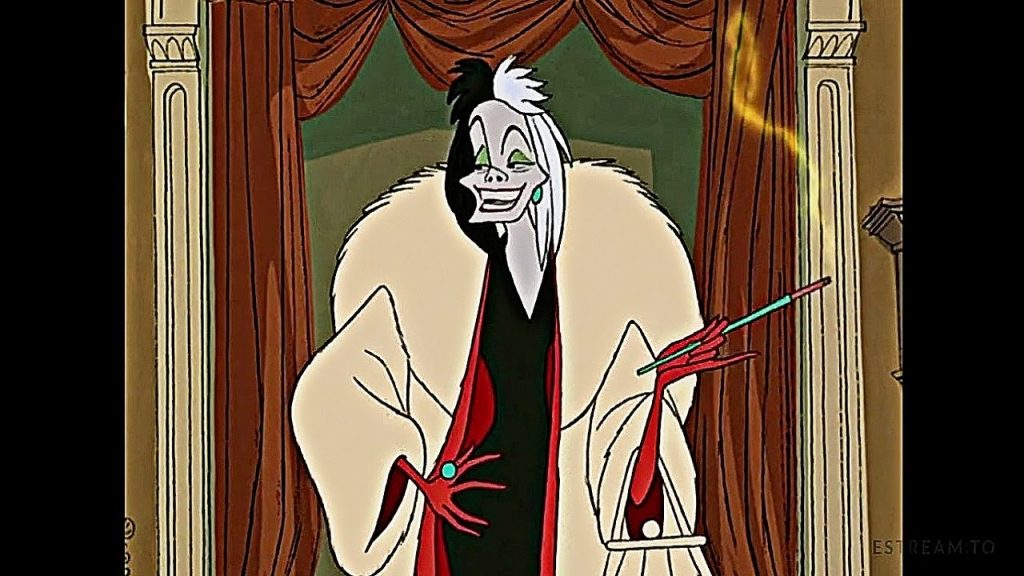
2. Group villain
Of form, just as with protagonists, an adversary doesn't have to exist one person working alone. It can be an entire group or entity that actively opposes the protagonist. This is the grouping villain, and though information technology may have a distinct face or figurehead, the group itself is recognized as the real bad guys.
The grouping villain usually represents political values and social mores that clash with the protagonist'southward in a desperate fashion. As you might await, the grouping villain often features in dystopian works, such as those listed below. Group villains tin also appear in a more than "typical" way, as simply a group of villains — however, this is pretty much exclusive to superhero comics and movies.
Examples of group villain antagonists:
- The Community fromThe Giver
- The Capitol fromThe Hunger Games
- The Commonwealth of Gilead fromThe Handmaid'due south Tale
three. Inanimate forces
Though non as mutual equally human antagonists, inanimate forces — such as nature, technology, or the supernatural — can as well create resistance that the protagonist needs to overcome. The inanimate strength antagonist may have a form alike to a human figure (equally with the Terminator below), merely every bit with the group hero's face up/figurehead, this form is only a stand-in for the protagonist'due south truthful enemy.
Such inanimate forces may be on par with the unfathomably terrifying threats of cosmic horror, or they may be as mundane as bad weather. Only either style, this strength blocks the protagonist's path to victory and must be neutralized before they can succeed.
Examples of Inanimate Forces as antagonists:
- Nature in Robinson Crusoe
- Engineering science in the Terminator franchise
- The supernatural in the short story "The Masque of the Red Death"
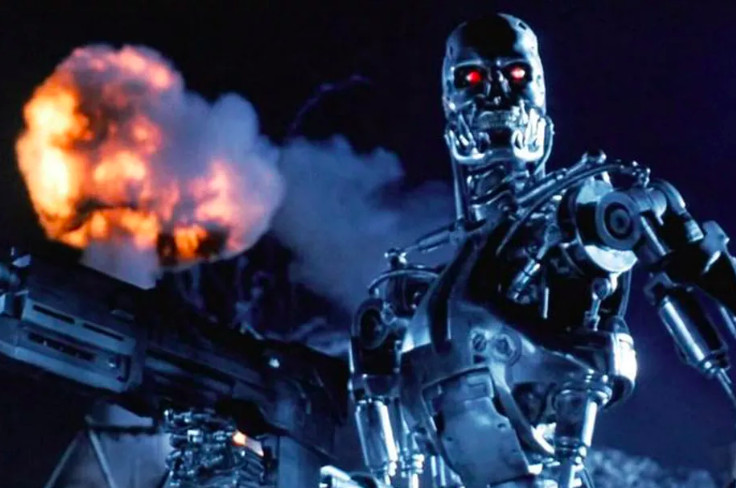
To see how landscape figure as a villain, check out these 10 postal service-apocalyptic novels to read before the world ends.
four. Intrinsic forces
This is some other type of antagonist that isn't a character, but rather one of the protagonist'due south ain shortcomings that keeps them from achieving their goals. An intrinsic force drives the "graphic symbol vs. self" disharmonize y'all'll sometimes see in stories. This may be a personality flaw or some sort of concrete disadvantage, but it'south something the protagonist (and those around them) must defeat — or give into, specially if they have a hero-to-villain arc.
The other thing to remember nigh the intrinsic force antagonist is that information technology may not be the justanatagonist in a story. Often, a character has to grapple with an internal issue and combat an external force at the same time — for case, Frodo battling both his own desire for the ring AND his ultimate enemy, Sauron.
Examples of intrinsic forces as antagonists:
- Elizabeth's prejudice inPride and Prejudice
- The narrator'southward paranoia in Edgar Allan Poe'sThe Tell-Tale Middle
- Henry DeTamble'due south uncontrollable time-traveling in The Time Traveler'southward Wife
Can the antagonist be the skilful guy?
Sometimes — or at the very least, the antagonist isn't always as bad as we think they are. Frequently, a traumatic by explains why they act the way they exercise. Or they might want to be adept, simply got started down the wrong path and now believe it'due south too late to modify
For a character to be considered an antagonist, they simply really need to meet one piece of criteria: their goals must conflict with the protagonist's goals. To testify you lot what we mean, here are some not-evil-on-purpose antagonists:
- Every other grapheme besides Holden in The Catcher in the Rye
- Javert from Les Miserables
What virtually anti-villains?
An anti-villain is slightly unlike from a "proficient" antagonist who just happens to oppose the protagonist. The anti-villain is undeniably villainous in behavior, but their motivations brand usa recollect twice near how to characterization them.
Killmonger from Black Pantheris a quintessential anti-villain. His reason for wanting to accept over Wakanda is highly justifiable: to redistribute its resources to oppressed people effectually the world. However, his methods are too farthermost and would ultimately crusade greater violence — which is why T'Challa must oppose him.
Now, since these characters can be the difference between a memorable story and a forgettable one, nosotros'll provide some essential ground rules to aid you create a legendary fictional rivalry.
How to write a protagonist
i. Give them purpose
As the principal character of your story, your protagonist needs a reason to practice what they do in the scope of the story. Whether shallow or deep, they require some kind of motivation to set up the story in motion.
For example, Frodo lived uneventfully in the Shire for many years before finding a greater purpose: destroying the One Ring. This mission is the starting indicate of his chance and sets the events of the Lord of the Rings into move.
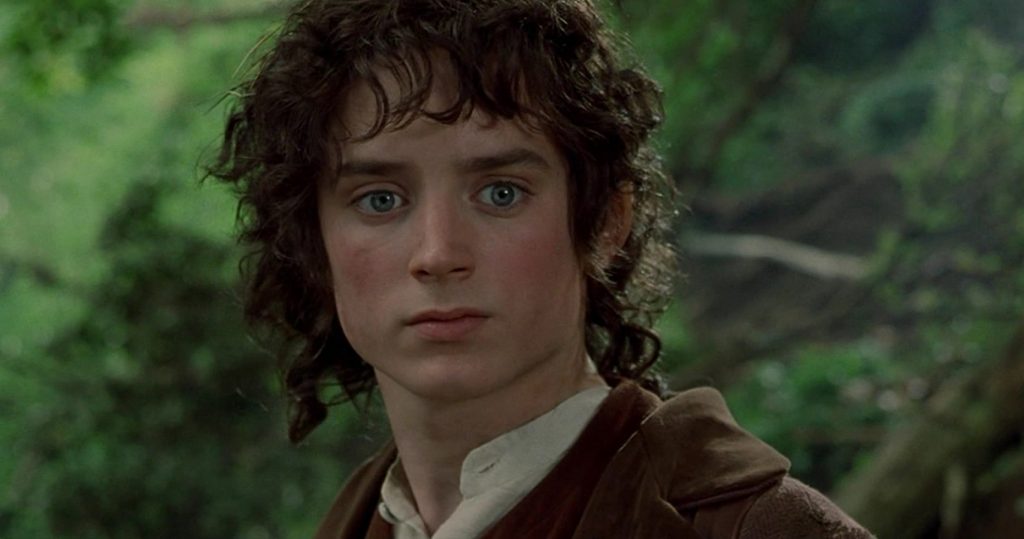
ii. Don't make them perfect
Zippo is more tiresome than reading about a protagonist who checks all the clichéd boxes of a standard archetype, without any defining characteristics that add a new twist. Yes, y'all mightshowtimewith an archetype equally your base, only y'all need to really develop them from in that location into someone unique.
A compelling protagonist must be circuitous, with flaws like any other person. These flaws tin become one of your most powerful allies because they tin — and should! — impact your protagonist'due south actions and decisions.
Is your protagonist too trusting? Too impulsive? Too reckless? Peradventure besides honest? These are only a few of the many issues that can get your character into a lot of trouble, and ones they need to overcome throughout the story.
iii. Let them change
Another frustrating thing for readers is protagonists who don't change in any fashion throughout the story — especially if it's a multi-book series. This ties into our previous tip, because obviously a protagonist who's likewise perfect isn't going to be able to evolve. However, any kind of static character pales in comparison to a dynamic 1. The more y'all allow your protagonist to change and grow, the more than excited readers will be to follow their story.
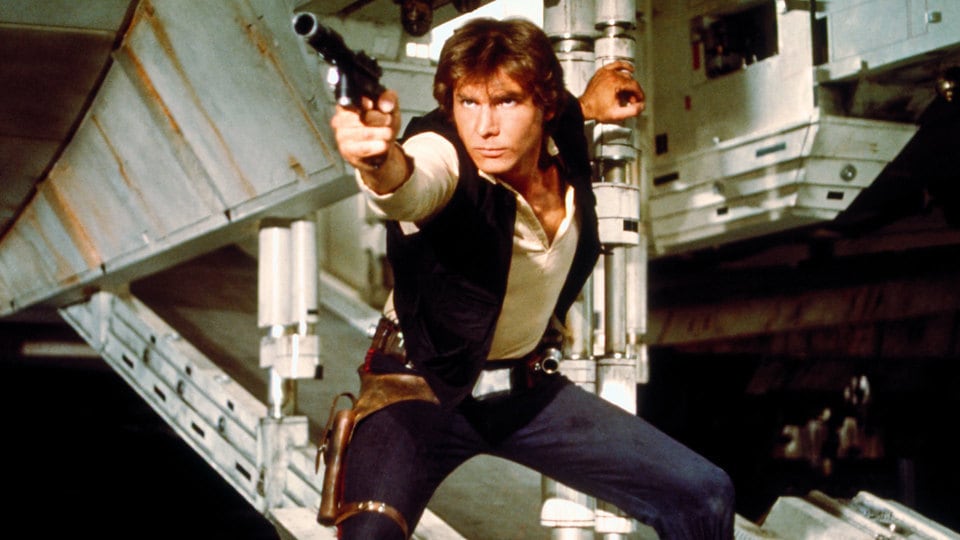
How to write an antagonist
1. Give them backstory
Why does your adversary desire to foil the protagonist? What is their ultimate goal? Only like your protagonist, your antagonist likewise needs motivation — and caption forthat motivation. Don't only create an adversary for the sake of having a villain. They need both purpose and backstory to be believable and legitimate as a character.
For example, Magneto from the X-Men serial is the antagonist of the story. Just a glimpse into his by reveals pain and suffering that, understandably, led him to the belief that mutants are superior to humans. He still acts equally the evil antagonist, but his backstory gives the reader a reason for his behavior, which makes the whole story much more compelling.
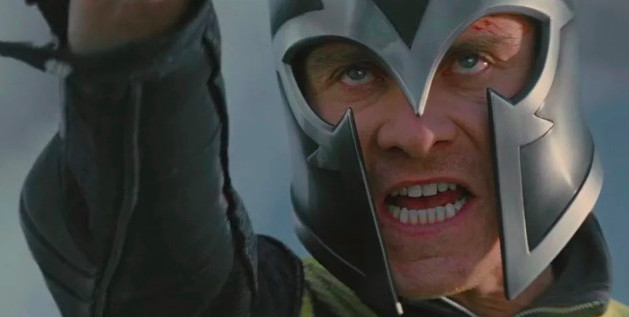
2. Don't make them likewise weak (or likewise powerful)
How might your antagonist exist defeated? While it's true that your antagonist needs to create trouble for your protagonist, and that they volition — most likely — be defeated at the end, at that place needs to be a balance between their strengths and their weaknesses.
If your antagonist is defeated as well hands, and so the story won't be satisfying for readers. However, if they're also difficult to defeat, your story might never end (or end on an unrealistic note). Again, no grapheme should be perfect, and that includes your antagonist.
Curious about the psychology of real-life villains? Try checking out a few true criminal offense books to get a experience for their motivations and inner lives.
3. Embrace unusual antagonists
How does the story'southward rivalry button or challenge your protagonist? Antagonists such as nature or technology don't demand to be defeated, per se. Instead, their purpose is to bear witness how the protagonist deals with conflict.
For instance, the main antagonist in The Curious Case of Benjamin Button is his backward aging. It cannot exist overcome or defeated, only it pushes the story forward by creating conflict, as seen through the struggle that Benjamin undertakes.
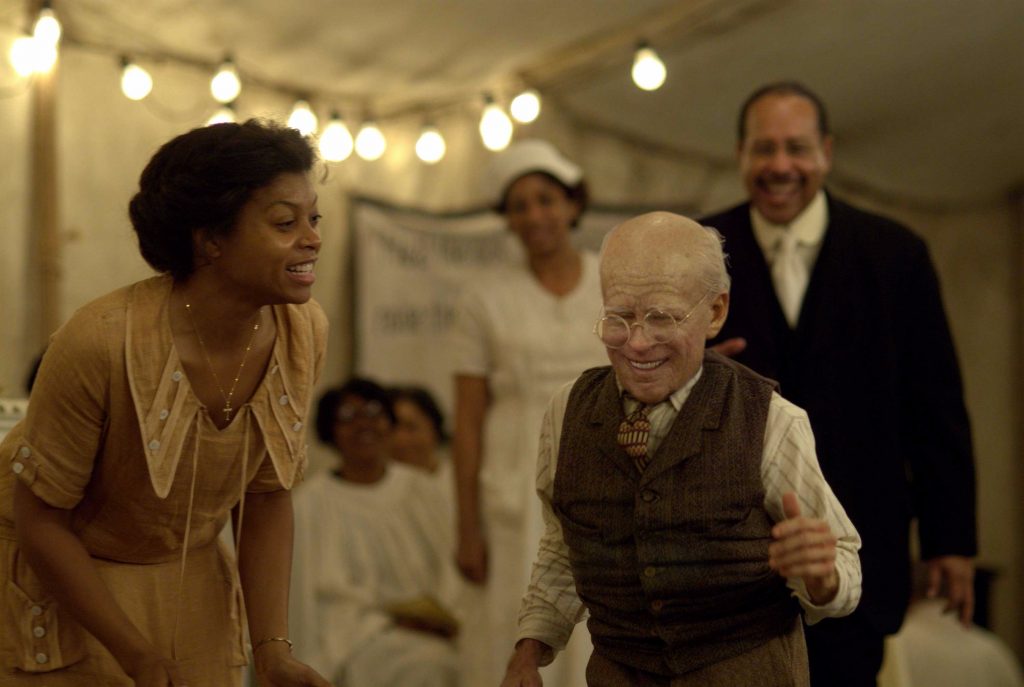
Keeping this in mind, let's see how a few authors famously secured their protagonists and antagonists in the public consciousness forever.
More examples of protagonists and antagonists
1. Pride and Prejudice
Protagonist: Elizabeth Bennet
Antagonist: Her prejudice (specially against Darcy)
Rivalry: Though Jane Austen introduces several smaller obstacles betwixt Elizabeth and Darcy — Lady Catherine de Bourgh, Caroline Bingley, Mr. Collins, and George Wickham — the truth is that the principal obstacle between Elizabeth and Darcy is their pride and prejudice, which they must overcome in order to be together.
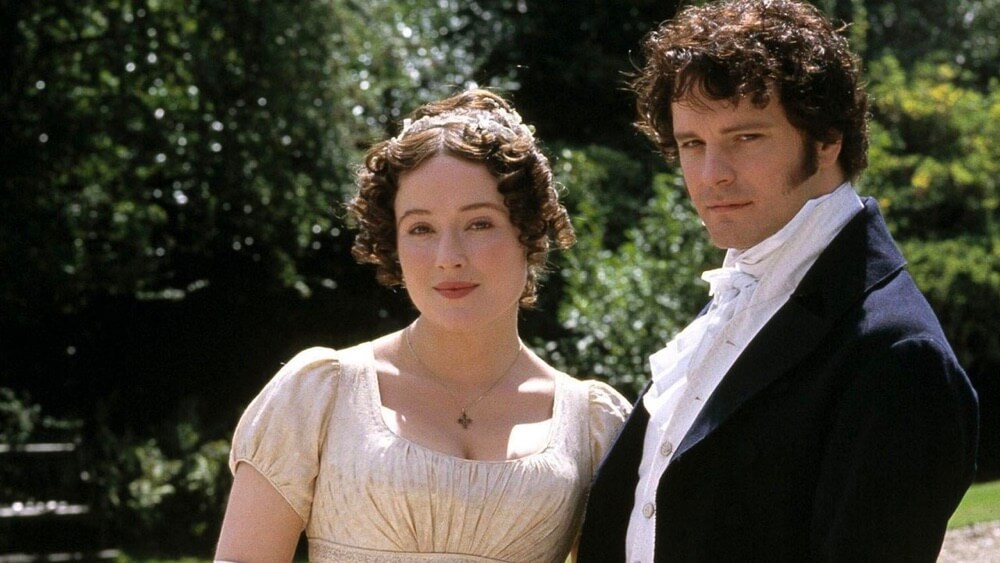
ii. The Strange Case of Dr. Jekyll and Mr. Hyde
Protagonist: Dr. Jekyll
Antagonist: Mr. Hyde
Rivalry: It's a conflict between good and evil — but the main trouble at paw is that Jekyll and Hyde are the aforementioned person! Encumbered by his ain poor behaviors, Dr. Jekyll undertakes experiments in order to split up his expert and evil sides. The issue is the appearance of Mr. Hyde. Their tale non simply deals with the eternal rivalry between adept and evil, but besides with the duality of man nature.
3.Infinity War
Protagonist:A veritable hoard of Marvel superheroes
Antagonist:Thanos
Rivalry:In a great example of a group protagonist facing off against a single supervillain, we take literally all the Avengers, the Guardians of the Galaxy, AND Wakandans battling Thanos, who wants to destroy half the Earth'south population with the Infinity Stones. When aiming for cinematic splendor, you can't go incorrect with a commonage protagonist!
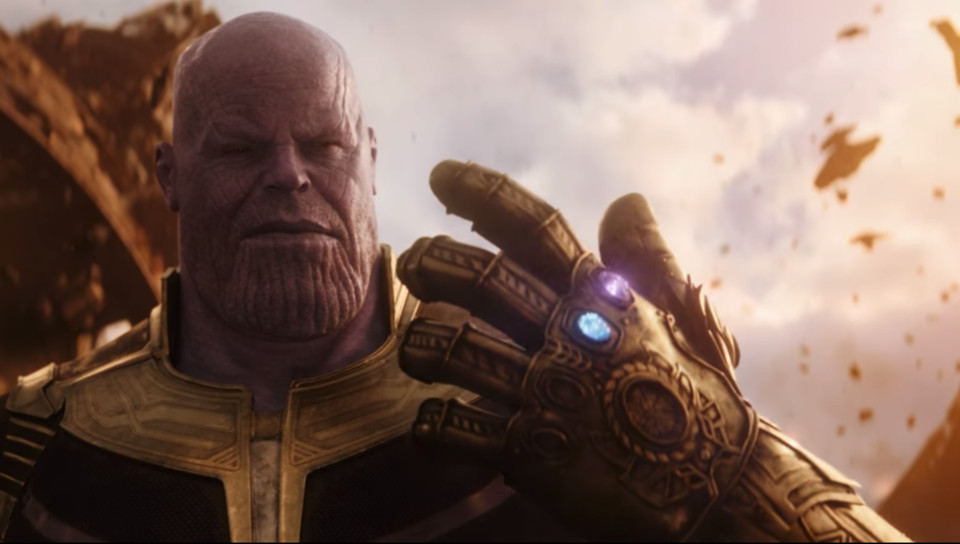
Whether y'all have the traditional hero-villain character dynamic, or a non-traditional character rivalry, think to make full apply of the disharmonize their interactions generate in lodge to move your story forth. By creating circuitous characters, you will find it much easier to develop an interesting plot and bring your story to life.
What are your favorite protagonist and antagonist rivalries? Allow us know in the comments below!
Source: https://blog.reedsy.com/protagonist-and-antagonist/
Post a Comment for "a character faces a conflict because his enemy wants to hurt him. what kind of conflict is this?"